27% of European companies are actively using HR analytics for performance management, according to new research by Durham University Business School.
The researchers also found that firms that monitor and manage the performance of their employees using HR analytics are also the ones that use financial incentives to staff intensively. Hence, there appears to be a positive relationship on the role financial incentives have on performance of employees and the use of HR analytics. Whilst also, the researchers discovered that the larger the organisation, the more likely they were to invest in HR analytics for monitoring, although this effect appeared to taper off for the largest firms.
This research was conducted by Barbara Bechter, Associate Professor in Human Resource Management, and Bernd Brandl, Professor in Management, both at Durham University Business School, alongside Alex Lehr, from Radboud University in the Netherlands. The researchers were keen to understand why firms make use of the opportunities HR analytics can offer and why they restrain from the use.
As there are many factors to be considered as to why HR analytics are used, the researchers used a dataset of more than 20,000 firms from all over Europe, i.e. the 2019 European company survey (ECS) to study this. The survey asks both managers and employees in companies whether or not they use HR analytics to monitor employee performance, and provides many further details of the firms as well as on HRM. The researchers were then able to identify which factors do and do not matter in determining when company decides to use HR analytics or not.
From this analysis, the researchers also found that firms that operate in very competitive markets are on average more likely to use HR analytics than firms that indicate they operate in uncompetitive markets.
Professor Bechter says,
“Technological advancements and the digitalisation of business and management processes and activities have made it easy for all firms to implement HR analytics. However, we found that some legal barriers make it difficult for firms to use these new technologies as well as there is some organizational resistance to change and the use of new technologies.
In some firms, employees and the management fear that these new technologies might have negative implications on well‐being and health of safety of employees, as they are deemed as controlling. In old firms the resistance to change and the use of new technologies such as HR analytics is strong, despite potentially making management fairer.”
Interestingly, the researchers found no evidence to suggest that managers with a bad or distant relationship with employees increase their use of HR analytics– showing no systematic link between fraught relationships and monitoring. The researchers did also discover that the use of HR analytics increases with the number of hierarchical levels in an organisation.
Firms in which teamwork is important, e.g., where employees work in more than one team, were also more likely to implement monitoring HR analytics, whilst firms without managers are slightly less likely to use analytics than those with managers.
Professor Brandl says,
“This research clearly shows that the structural and managerial capability of firms is also a huge factor in whether or not firms make use of HR analytics for performance management. However, ever-increasing digitalisation of firms and of the economy, as well as the availability of (big) data, means the use of analytics is becoming increasingly attractive and important as a method for managing and monitoring the performance of their workforce effectively.”
With regards to location, the researchers found no strong link between a country and the likelihood of firms using HR analytics. However, the researchers did find that Romania (50%), Croatia (45%), and Spain (43%) had high levels of employee monitoring, whilst Germany (13%), Sweden (17%) and Ireland (19%) had low levels. Overall, firms in Nordic countries and coordinated market economies in general seem less inclined to use HR analytics to monitor employee performance than their counterparts in CEEC. The reasons for these country differences are found in different legal regulations that allow companies to collect, store and analyse HR related data.
These findings have practical insight for firms, showcasing the factors that can affect the likelihood of HR analytics being implemented, but for policymakers too helping them to understand which firms need help implementing HR analytics, the potential sticking points they are face in attempting to do so, and how to overcome these.







